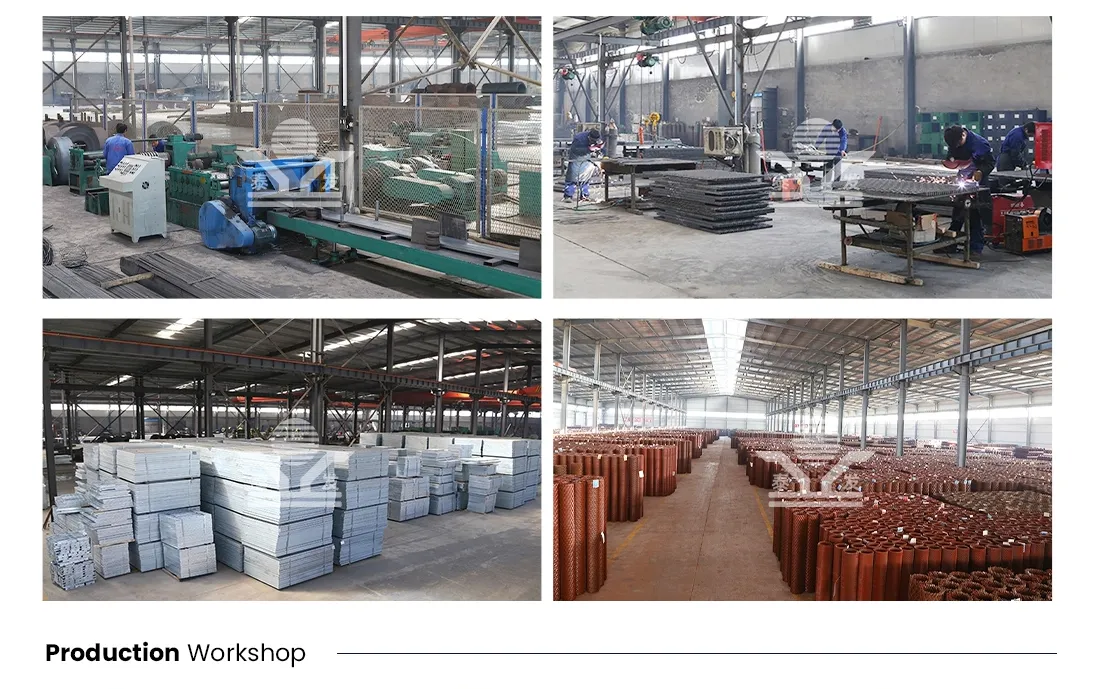Plastic Netting for Climbing Plants A Comprehensive Guide
Climbing plants are a beautiful addition to any garden or outdoor space, providing lush greenery, vibrant flowers, and even delicious fruits. However, as these plants grow, they need suitable support to thrive and maintain their structural integrity. One of the most effective ways to provide this support is by using plastic netting. In this article, we’ll explore the benefits, types, and installation methods of plastic netting for climbing plants.
Benefits of Plastic Netting
1. Durability Plastic netting is often made from UV-resistant polyethylene or polypropylene, making it resistant to the elements. Unlike natural materials like jute or cotton, which can degrade over time, plastic netting maintains its strength and shape for years, ensuring reliable support for climbing plants.
2. Versatility Whether you are growing peas, cucumbers, beans, or flowering vines such as clematis or wisteria, plastic netting can accommodate various climbing plants. The mesh openings allow plants to easily grasp the net, promoting healthy growth.
3. Lightweight Compared to wooden trellises or metal supports, plastic netting is quite lightweight, making it easy to install and reposition if necessary. Its lightweight nature also means it puts less stress on the plants as they grow.
4. Cost-Effective Generally, plastic netting is an affordable option for gardeners. It provides long-lasting support without the high costs associated with heavy-duty trellising systems.
5. Space Efficiency For gardeners with limited space, plastic netting can be used vertically, allowing climbing plants to grow upwards rather than sprawling outwards. This vertical growth not only saves space but also enhances airflow, reducing the risk of diseases.
Types of Plastic Netting
1. Mesh Size Plastic netting comes in various mesh sizes. Smaller mesh sizes are ideal for delicate climbers, while larger mesh sizes work well for stronger plants. Choosing the right mesh size is crucial for ensuring that your plants can easily grasp and secure themselves to the netting.
plastic netting for climbing plants

2. Weight Some plastic netting is designed for heavy-duty use, capable of supporting heavier plants and produce. It’s essential to select netting that corresponds to the weight and growth habit of the plants being supported.
3. Color Plastic netting is available in various colors, including green and black. Green netting often blends seamlessly with plants, while black netting can create a stark contrast that showcases the beauty of climbing plants.
Installation Methods
Installing plastic netting is a relatively simple process. Here are some steps to guide you
1. Choose Location Identify where you want to install the netting. Ideally, it should be positioned in a spot that receives sufficient sunlight for the climbing plants.
2. Select Support Structures The netting can be attached to existing structures like fences, walls, or posts. In some cases, you may need to create an independent support structure using stakes or wooden frames.
3. Cut and Attach Measure the area you wish to cover and cut the plastic netting to size. Use zip ties, staples, or clips to attach the netting securely to your support structure. Make sure it is taut enough to encourage plant growth but not so tight that it damages the plants.
4. Train Your Plants As climbing plants start to grow, gently guide their tendrils toward the netting. With time, they will naturally cling to it, promoting upward growth.
Conclusion
Plastic netting is an excellent solution for supporting climbing plants in any garden. Its durability, versatility, and cost-effectiveness make it a preferred choice among gardeners. By understanding the different types of plastic netting available and the best practices for installation, you can create a flourishing vertical garden that not only enhances the beauty of your space but also provides a healthy environment for your climbing plants. Embrace the convenience of plastic netting and watch your plants thrive in style!
-
Why Galvanized Trench Cover Steel Grating Resists Corrosion
NewsJul.10,2025
-
The Versatility and Strength of Stainless Expanded Metal Mesh
NewsJul.10,2025
-
Load Calculations in Steel Grating Platforms
NewsJul.10,2025
-
Keeping Pets and Kids Safe with Chicken Wire Deck Railing
NewsJul.10,2025
-
Hole Diameter and Pitch for Round Perforated Metal Sheets
NewsJul.10,2025
-
Aluminium Diamond Mesh in Modern Architecture
NewsJul.10,2025
Subscribe now!
Stay up to date with the latest on Fry Steeland industry news.

